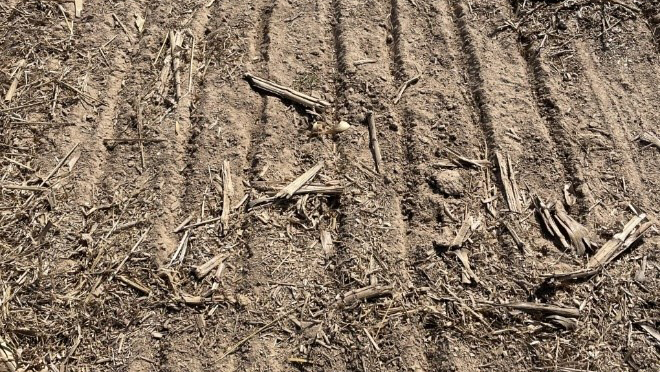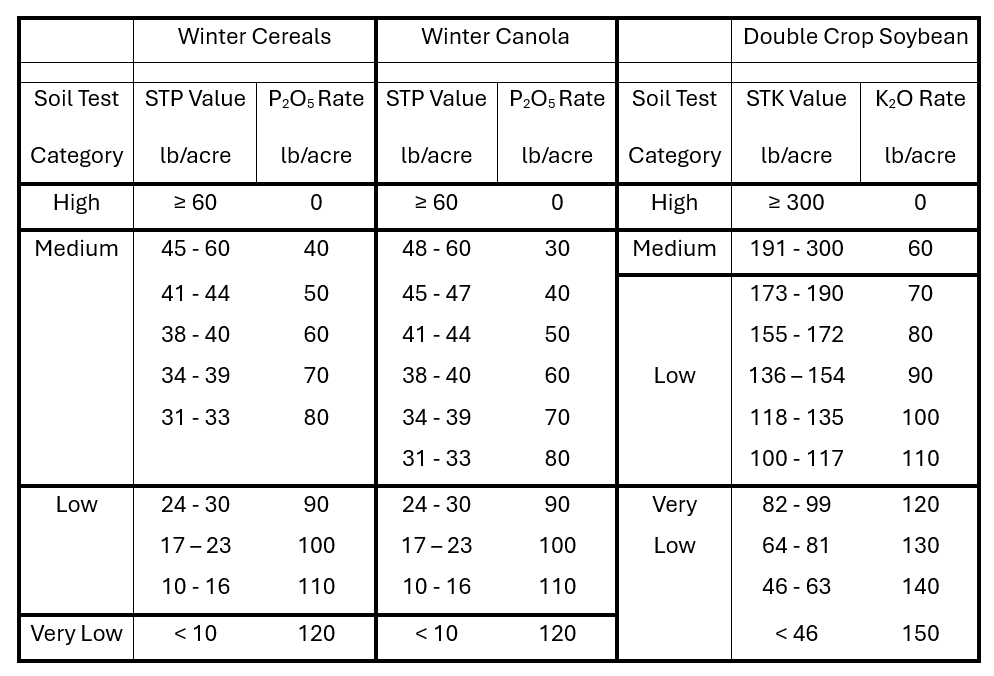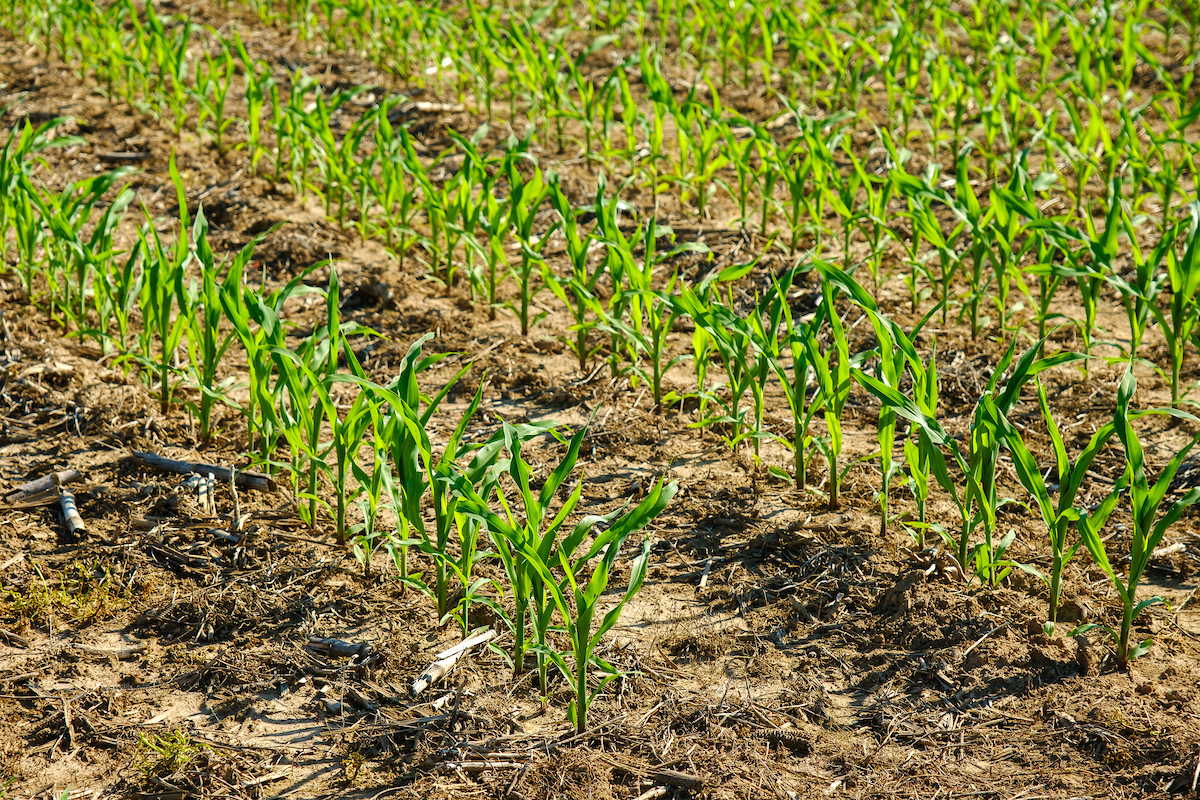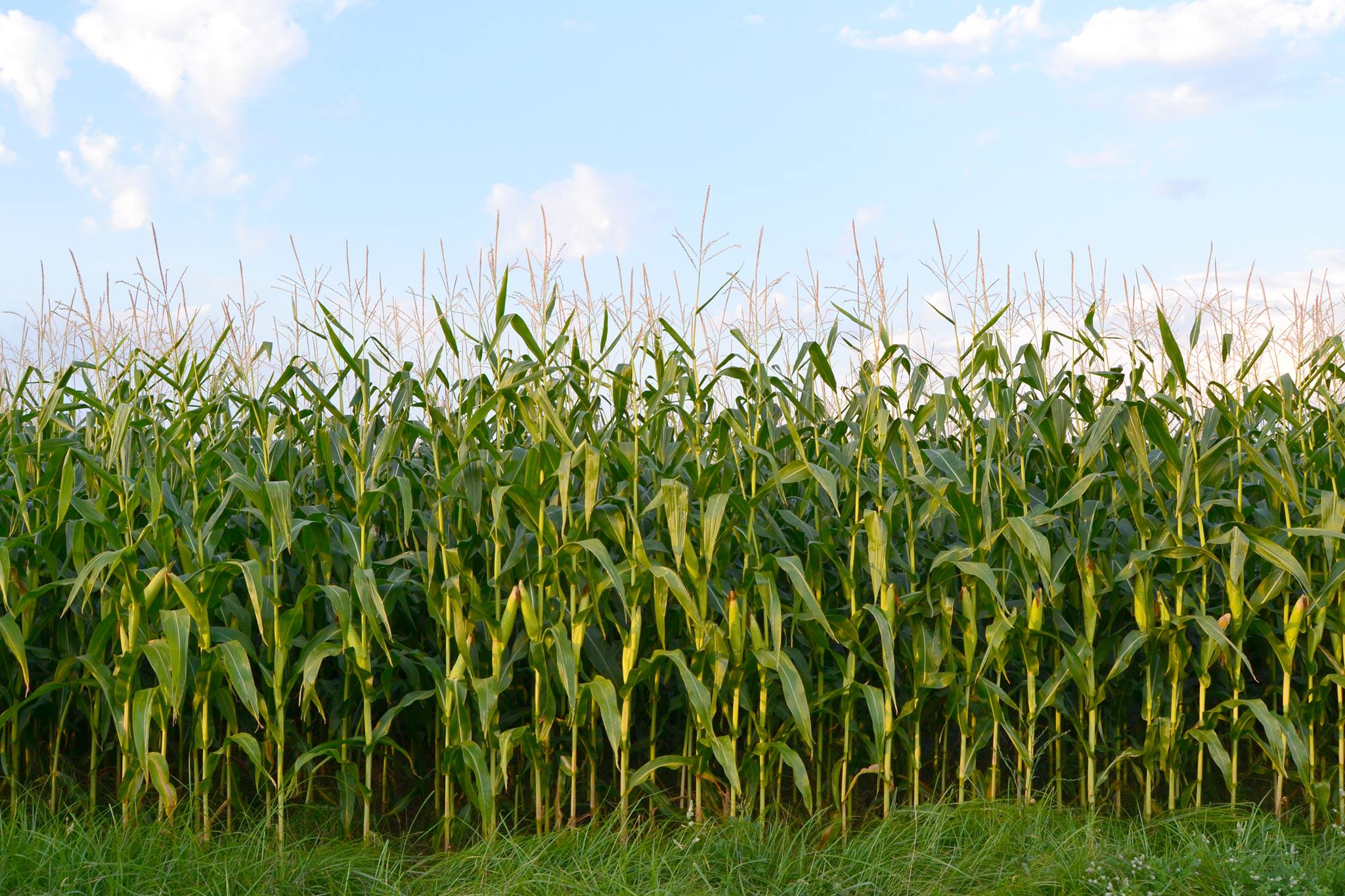Soil fertility for fall-planted winter grains and cover crops: 2025's special considerations
Soil fertility for fall-planted winter grains and cover crops: 2025's special considerations

At present, what many parts of Kentucky need most is moisture. Some drills are able to place seed appropriately under these dry conditions, but some will not provide a consistent planting depth. Inconsistent seed depth can lead to uneven seed germination and seedling growth as dry weather continues. Lack of moisture can delay fall planting dates and delayed planting can reduce fall plant growth. This situation can change the need for fall nutrition, causing a challenging decision environment.
The fall season is an important fertility management period for fall planted grains (wheat, barley, canola, rye, oats, triticale). Good nutrition pays benefits, getting these crops off to a vigorous start that also promotes winter hardiness. That said, fertilizer costs, especially phosphate costs, are generally high and grain prices, except for canola, are generally low. This further impacts fall fertilization decisions.
Much of our fertilizer is imported, especially potash. Fertilizer price volatility and material availability dynamics might depend on tariffs. We need to be aware of these outside forces as we make fall nutrition management plans. Talk to your fertilizer retailer(s) to understand where the nutrient materials you’re buying come from and stay up to date on fertilizer price dynamics. Staying aware can help keep soil fertility input costs lower and reduce the likelihood of economic loss to added fertilizers.
We usually tell producers to start with a soil test. Soil test information gives more certainty/power when decision-making gets tricky. If you already have soil tests that are ‘relevant’ for your fields that are to be planted this fall, then you’re good. That said, an additional complication to this fall’s nutrient plan, due to an extended planting season and the late summer drought, is the likely variation, field to field, in grain yield and resulting nutrient removal in the corn or full season soybean crop preceding this fall planted grain crop. This variability might increase your uncertainty as you interpret an existing (soil samples taken as much as 2 years earlier) soil test report. These reports assume yields consistent with above average management and good growing conditions. Not all Kentucky summer grain fields got those ‘good growing conditions’ this year.
But if you need to take samples this fall, then first be aware that taking samples to the proper depth in dry, hard soil is more difficult but remains very important. Accurate recommendations will not be possible if your sampling depth is shallow. The sample timing, relative to the first fall rains, is important, too. It is best if rainfall is sufficient (2 to 4 inches) to dilute and distribute residual fertilizer salts deeper in the root zone.
We always stress the importance of soil pH management, especially because pH plays a significant role in the plant availability of soil nutrients like phosphorus (P) and zinc (Zn). But depending on the soil test lab used, residual salts can cause lower soil water pH values and the resulting soil test report then has a higher than needed lime rate recommendation. The UK soil test laboratory determines pH and buffer pH differently, by ‘swamping’ residual salts in the sample. This results in an accurate determination of the soil lime requirement. Early fall rains also leach potassium (K) out of harvested crop residues into the soil, then measured as soil test K (STK). Without these rains, all labs will report abnormally low STK values, resulting in overly high potash rate recommendations.
Fall nitrogen (N) for the fall-seeded grains should only provide enough N to give good ground cover for winter survival, good rooting (esp. canola) and to stimulate tillering (wheat, barley, rye, oats, triticale) without excessive fall growth that can encourage spring freeze damage. Planting after tobacco, soybean, or well-fertilized corn will usually have enough carryover N for fall growth. This year, residual N following corn will largely depend on how corn N fertilization was timed. The earlier the bulk of corn fertilizer N was applied, the more substantial and likely was rainfall-driven N loss – and fall carryover N levels will probably be low in these fields. The full amount should not exceed 30 lb N/A (canola) or 40 lb N/A (wheat, barley, rye, oats, triticale) for fields with insufficient residual N. The total amount of fall N should include the N found in phosphate products like diammonium phosphate (DAP, 18-46-0) and monoammonium phosphate (MAP, 11-52-0). If the field does not need any fall N but does need P, consider using triple super phosphate (TSP, 0-46-0). Fall-applied N will, be of little benefit to late-planted crops – where little fall growth is expected. No fall-applied N is recommended for cover crops unless these are planted early and will be grazed or cut for hay/haylage.
Phosphate (P2O5) and potash (K2O) rate recommendations are found here in Table 1, taken from Tables 16, 20 and 24 of AGR-1. The K2O rate recommendations are for soybean, assuming that soybean will follow the fall-planted grain crop. Fall P and K applications are important to crop vigor, early growth and winter hardiness, especially when soil test P (STP) and STK are very low, low, to mid-medium. Above mid-medium (STP > 45; STK > 245), recommended P2O5 and K2O fertilization rates are largely ‘maintenance’, intended to maintain soil P and K availability. Economically profitable responses to fertilizer P and K addition are not likely.

And while most P and K fertilizers for fall planted grain crops are applied in the fall, growers might consider delaying some or all maintenance P and K fertilization until late winter/early spring, at the time of the first N application. Fertilizer economics may be more favorable.
Sulfur (S) deficiency symptoms in wheat have become more common. We observed a very large (and very unexpected) wheat yield response to S here at the UKREC this year. The S need of the other fall planted grains is unknown but is presumed similar to wheat. Canola has a reputation for greater S need relative to the other fall planted grains. Observed S deficiencies have typically been found on more coarse-textured (coarse silty) soils that are also low in organic matter. Eroded areas are often the first parts of a field to show these deficiencies. Sulfur deficiencies are now more likely due to a reduced atmospheric deposition of S, fewer S impurities in other fertilizers and greater S removal with higher yields. At present, the need for S addition to wheat is best determined by a combination of plant tissue analysis of the previous crop and soil testing. If the previous crop’s tissue S concentration is deficient/marginal, then the next wheat crop is more likely to experience S deficiency. Though organic S and adsorbed sulfate-S are the most important soil S sources, fall seeded grains, as winter annuals, depend more heavily on sulfate-S. Mineralization of organic S is lower and slower during the fall-winter-spring growth period. Recent research sponsored by the Kentucky Small Grain Growers Association shows that Mehlich III extractable S can help indicate the probability of wheat S deficiency. When topsoil test S exceeded 20 lb S/acre, the probability of a positive wheat yield response to S addition was essentially nil. When soil test S values indicate an S addition is needed, 10 to 20 lb S/acre will meet crop needs. For wheat and other fall planted cereals, ammonium thiosulfate (ATS, 12-0-0-26S) is commonly used because it is soluble in UAN solutions. Other sulfate-S sources include ammonium sulfate (AMS,21-0-0-24S), potassium sulfate (SOP, 0-0-50-17S), potassium magnesium sulfate (K-Mag, sul-po-mag, 0-0-21-22S) and calcium sulfate (gypsum, 14 to 19% S). Elemental S materials are not recommended for deficiency correction (might be more useful in a maintenance/insurance role) because biological conversion of elemental S to sulfate-S is required and is then dependent on the size of the elemental S fertilizer particle (smaller is better/faster), soil conditions (temperature, moisture) and time.
Boron (B) deficiency can also occur in Kentucky wheat fields. Again, the B needs of the other fall planted grains is unknown at present. In field research sponsored by the Kentucky Small Grain Growers Association, we found that soil testing for B can help producers decide when to apply B. The UK soil test lab offers hot water extraction, and we determined that soil test B levels lower than 0.8 lb B/acre indicate a need for B addition. Mehlich III extraction was also evaluated and was not as useful an indicator. When a need for B fertilization is indicated, the recommended rate is 1 lb B/acre. Uniform application of a granular material at such a low rate, even as part of fertilizer blend, can be difficult. There are B sources (e.g. disodium octaborate tetrahydrate, Solubor) that are soluble in both water and UAN solutions. Others are co-granulated/co-prilled with a dry fertilizer material (e.g. muriate of potash plus sodium and calcium borates/Aspire 0.5% B). Over-application of B can result in B toxicity, so B soil testing should be done regularly to prevent this problem from occurring.
Cover crops include a large number of plant species, including cereals, legumes and non-legume broadleaves. In Kentucky, winter wheat and rye are more commonly planted as cover crops. Fall N, P and K fertilization is not usual for cover crops – scavenging of residual soil nutrients is one of the main benefits of cover cropping. Fall nutrition, especially N addition, can enhance cover crop growth, and might be valuable when the cover crop is to be grazed/hayed/ensiled. But if the cover crop is not going to be utilized, then the grower needs to understand consequences to greater cover crop growth. Will termination management be negatively affected? Will recovery of residual nutrients be enhanced or suppressed? Again, soil testing can guide the decision. Note that with soil test S values under 20 lb S/A, cover crop growth can immobilize soil sulfate-S and create an S nutrition problem for the next cash crop.
Fall has been considered an important opportunity for soil fertility management, and that remains true. Fall seeded crops benefit from good nutrition, but fertilizer economics are not entirely straightforward at present. Soil testing and being prepared for seasonal weather and pricing changes are important to a strong fall fertility program for these crops.
| Citation: Grove, J., Ritchey, E., 2025. Soil Fertility for Fall Planted Winter Grains and Cover Crops: 2025’s Special Considerations. Kentucky Field Crops News, Vol 1, Issue 9. University of Kentucky, September 12, 2025. |

|

|


